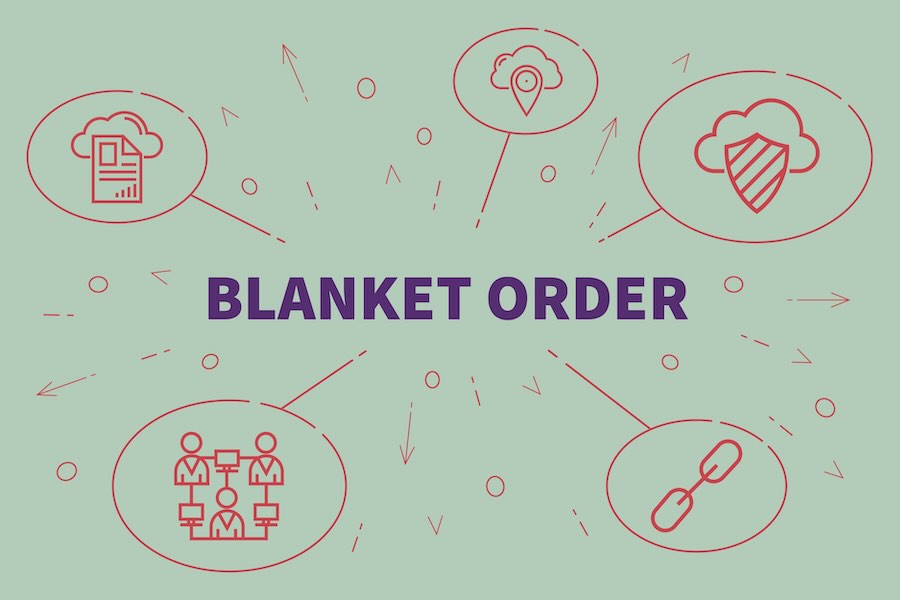
The debt service coverage ratio (DSCR), or debt coverage ratio for short, is a financial measure of a company’s ability to pay debts from its cash flow. Here is the DSCR formula:
| DSCR | = | Annual Net Operating Income |
| Annual Debt Obligations | ||
In general, a DSCR of 1.25 or greater is viewed favorably when it comes to applying for a business loan. Lenders may evaluate your DSCR to determine your company’s financial health and ability to repay a loan.
You can use our calculator below to determine your current debt coverage ratio.
Net Operating Income Considerations for DSCR
NOI is calculated as your company’s revenue minus certain operating expenses. Depending on a lender’s requirements, NOI may also be considered equivalent to earnings before interest, tax, depreciation, and amortization (EBIT).
EBIT is a figure you can find by reviewing your company’s balance sheet and is one of many financial ratios we cover in our financial ratio analysis guide. Because of the complexities of financial accounting and the unique circumstances of your business, some items may also be excluded as exceptions.
Annual Debt Obligation Considerations for DSCR
When calculating DSCR, annual debt obligations refer to payments that are due within one year. These figures, referred to as short-term debt, can also be obtained from your balance sheet. It can also include the current portion of long-term debt.
Common examples of annual debt obligations that may be included for purposes of calculating DSCR are as follows:
- Principal and interest loan payments
- Lease payments
- Accounts payable
- Dividends payable
- Accrued expenses (incurred but not yet paid)
- Warranty payments for products or services
- Property taxes
- Payroll expenses
Why Your Debt Coverage Ratio Is Important
Your DSCR could determine whether a lender issues you financing, as well as the rates and terms you’ll get. A high DSCR ratio generally indicates a business that has enough cash flow to pay its debt obligations. For a lender, this means less risk of issuing financing as there’s a smaller chance the company will default.
If you’re having trouble getting approved for a loan, you can work with a broker like Lendio. It has a network of over 75 lenders it can match you with, and you’ll get a dedicated funding specialist to pair you with the lender best suited to your qualifications and needs.
What Different DSCRs Mean for Your Business
In general, a DSCR greater than 1.25 is considered good and will improve your chances of getting your loan approved. Here’s what other figures mean for your business:
- DSCR less than 1: This usually means that your business is not generating enough cash flow to pay its debts. For example, a ratio of 0.90 means that your company’s cash flow can only pay 90% of its debts.
- DSCR equal to 1: A company with a DSCR equal to one means that the entirety of its net income is sufficient to pay debts. While more favorable than companies with a DSCR less than 1, lenders still view this as risky as the company could face financial hardship should it encounter any unexpected expenses or emergencies.
- DSCR greater than 1: Ratios greater than 1 show that your company’s cash flow is more than enough to satisfy its debt obligations. Larger ratios indicate a greater ability to cover fluctuations in cash flow.
Why It’s Important to Keep a High DSCR
Keeping a high DSCR is not only beneficial when it comes to getting a new loan, but also helpful in preserving your existing small business credit lines as well. This is because many credit line providers require an annual update of your company’s credit and finances, and any significant changes for the worse can result in credit lines being reduced or terminated altogether.
How to Improve Your Debt Service Coverage Ratio
You can improve your DSCR by increasing your sales, reducing your business expenses, or lowering the debt obligations you must pay within the next 12 months. Increasing sales can be more time-consuming and difficult, and it is something that you may not have as much control over.
With that in mind, here are some ways you can reduce your business expenses and debt payments.
- Refinance or consolidate business debt: The goal here is to reduce your monthly loan payments. By refinancing or consolidating debt, you can get a lower interest rate or a longer loan repayment term that can benefit your DSCR.
- Defer or renegotiate debt repayment: Since DSCR looks at debt payments you must make within the next 12 months, deferring payments past that period can help you in the short term for purposes of your DSCR. Depending on the type of debt you have, you can also try to negotiate different payment terms, such as a longer term or a different payment amount.
- Perform a cost-benefit analysis: To reduce business expenses, you can look at various aspects of your business and analyze how much revenue is being generated in relation to its associated costs. If the costs are too large in relation to the revenue generated, you can consider eliminating that business expense. This can include items such as leases for office space and fees you’re paying to accept various forms of payment.
If you’re having trouble getting approved for a loan, we recommend viewing our guide on how to get a small business loan. It contains information on what lenders review, how lenders evaluate, and the steps you can take to improve your chances of getting approved.
Frequently Asked Questions (FAQs)
A DSCR of 1.25 and above is generally considered good. However, the minimum requirements can vary depending on the lender and type of loan you choose.
The DSCR is calculated by taking your company’s annual net operating income and dividing it by its debt obligations due within the next 12 months.
Your DSCR only shows one aspect of your company’s finances, so it’s just one of many factors a lender can evaluate. Lenders will typically also look at your credit score, time in business, and other financial ratios for a more thorough picture of your overall financial health.
Bottom Line
Your company’s DSCR reflects your company’s ability to pay short-term debts based on its cash flow. It’s a figure often reviewed by lenders to determine whether you meet the eligibility criteria for a new loan. You’ll typically want to keep a DSCR of 1.25 or greater to improve your chances of landing a loan approval. High DSCR ratios can also help you get more competitive rates and loan terms.




![what-are-current-liabilities?-how-to-calculate-them-[+-calculator]](https://zabollah.com/wp-content/uploads/2024/06/19458-what-are-current-liabilities-how-to-calculate-them-calculator.jpg)
